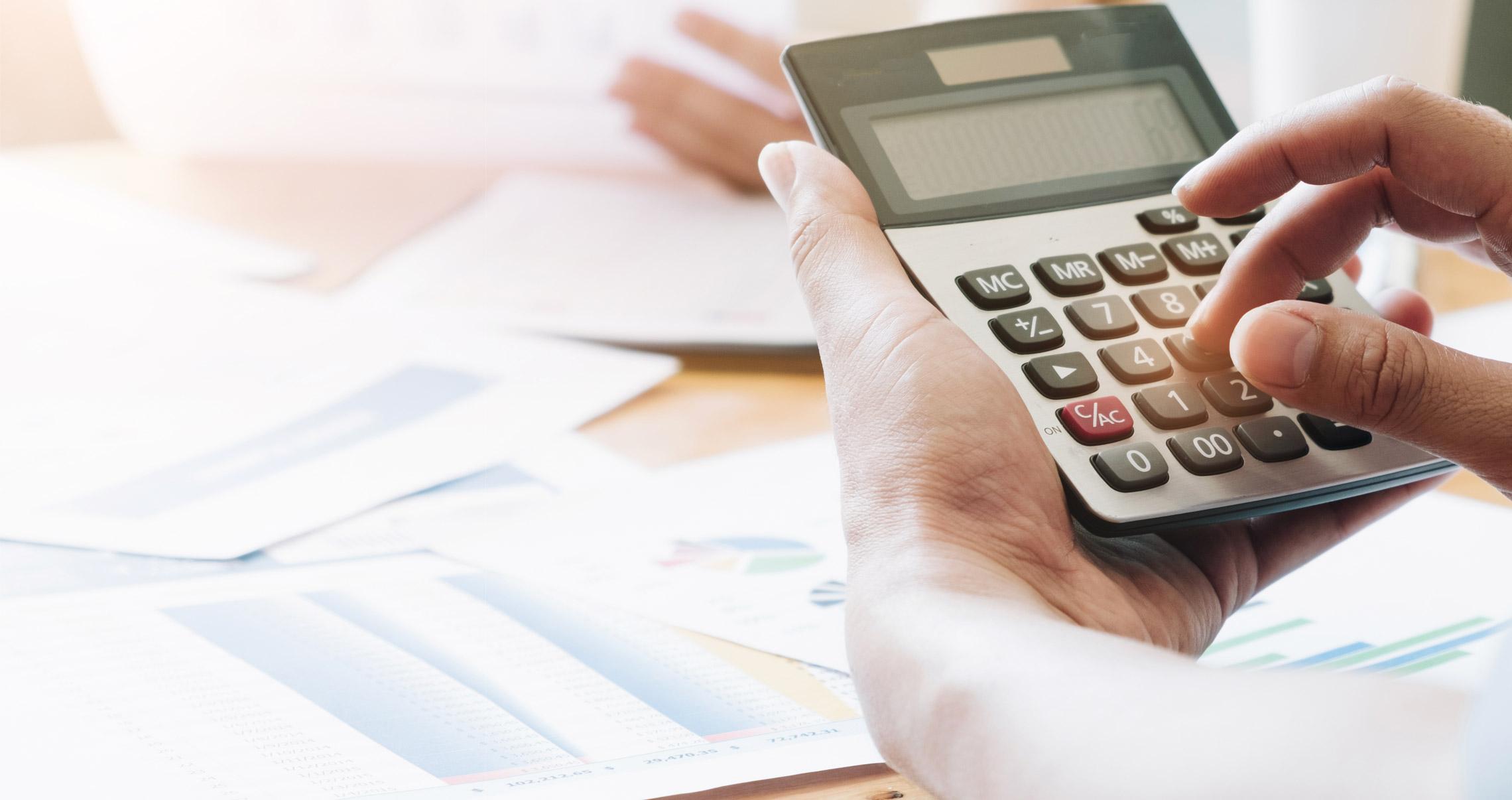Purchasing a used camera can be a cost-effective way to get high-quality gear without the hefty price tag of new models. Whether you're a hobbyist looking to upgrade your equipment or a professional seeking a bargain, buying used cameras requires careful consideration to ensure you get a reliable and functional product. This comprehensive guide will walk you through the essential steps and factors to consider when buying a used camera.
1. Determine Your Needs and Budget
-
Define Your Requirements: Identify what you need from the camera, such as the type (DSLR, mirrorless, compact), specific features (e.g., high-resolution sensor, 4K video), and intended use (landscape photography, portraiture, action shots). Understanding your needs will help narrow down your options.
-
Set a Budget: Establish a realistic budget based on your requirements. Remember to account for additional costs, such as lenses, memory cards, and accessories. Having a budget will guide you in choosing the right camera and avoid overspending.
2. Research Camera Models
-
Compare Models: Research different camera models that fit your needs and budget. Read reviews, check specifications, and compare features to ensure the model you’re interested in meets your requirements.
-
Consider Age and Technology: Newer models typically offer advanced features and better performance. However, older models can still provide excellent value if they meet your needs and are in good condition.
3. Inspect the Camera’s Physical Condition
-
Check for Wear and Tear: Examine the camera body for visible signs of wear, such as scratches, dents, or cracks. Significant physical damage may indicate rough handling or potential internal issues.
-
Test Buttons and Dials: Ensure that all buttons, dials, and switches are functioning correctly. Commonly used controls like the shutter button, mode dial, and focus ring should be responsive.
-
Inspect the LCD Screen and Viewfinder: Look for any cracks, dead pixels, or discoloration on the LCD screen. Check the electronic viewfinder (if applicable) for clarity and proper operation.
4. Assess the Camera’s Shutter Count
-
Understand Shutter Count: The shutter count indicates the number of times the camera’s shutter has been activated. While most cameras are built to handle thousands of actuations, a high shutter count may suggest heavy use.
-
Check Shutter Count: Find the shutter count in the camera’s settings or ask the seller. A lower shutter count generally means less wear, but it’s important to consider the camera’s overall condition.
5. Verify Sensor and Image Quality
-
Inspect the Sensor: Examine the sensor for dust, scratches, or other damage. A clean sensor is crucial for good image quality. Minor dust can be cleaned, but significant damage may affect performance.
-
Test Image Quality: Take sample photos at different settings to check for issues like hot pixels, uneven exposure, or other artifacts. Review these images on a computer to assess the camera’s image quality.
6. Check Battery and Charger Condition
-
Evaluate Battery Health: Batteries degrade over time, affecting their performance and lifespan. Ask about the battery’s age and usage history. If possible, check the battery’s performance by taking a few test shots.
-
Verify Charger Functionality: Ensure the charger is included and functioning correctly. Test it with the battery to confirm that it charges properly.
7. Review Lens Condition and Compatibility
-
Inspect Lenses: If the camera comes with lenses, check them for scratches, fungus, or dust. Test the lenses to ensure proper autofocus and image quality.
-
Check Lens Compatibility: Ensure that the camera is compatible with the lenses you plan to use. Verify that the lens mount is in good condition and that the camera can properly attach and communicate with the lenses.
8. Verify Firmware Version
-
Check Firmware: Confirm that the camera is running the latest firmware version. Firmware updates can improve functionality, fix bugs, and enhance compatibility with accessories.
-
Update Firmware: If the camera’s firmware is outdated, consider updating it. Check the manufacturer’s website for the latest firmware and installation instructions.
9. Request Proof of Purchase and Warranty Information
-
Original Receipt: Ask for the original receipt or proof of purchase. This documentation can help verify the camera’s age and authenticity.
-
Warranty Status: Inquire about the warranty status of the camera. If the warranty is still active, it can provide additional peace of mind in case of any issues.
10. Assess the Seller’s Reputation
-
Buy from Reputable Sources: Purchase from trusted sellers or established retailers with positive reviews. A reputable seller is more likely to provide accurate information and a reliable product.
-
Understand Return Policy: Be aware of the seller’s return policy and any conditions associated with it. A flexible return policy can be valuable if you encounter problems with the camera after purchase.
11. Perform Functional Tests
-
Conduct Thorough Tests: Test the camera’s functionality by taking various photos and videos. Check the autofocus performance, image stabilization, and other features to ensure they are working as expected.
-
Check for Common Issues: Be aware of common issues reported by users of the camera model you’re interested in. Verify that the camera operates smoothly and does not exhibit any known problems.
Conclusion
Buying a used camera can be a rewarding experience if you approach the process with careful consideration and due diligence. By defining your needs and budget, researching camera models, inspecting physical condition, checking shutter count and sensor quality, and verifying battery and charger health, you can make an informed decision. Additionally, reviewing lens condition, firmware status, and the seller’s reputation, as well as performing functional tests, will help ensure you invest in a reliable and high-quality camera. With these guidelines, you can confidently find a used camera that meets your needs and enhances your photography experience.





